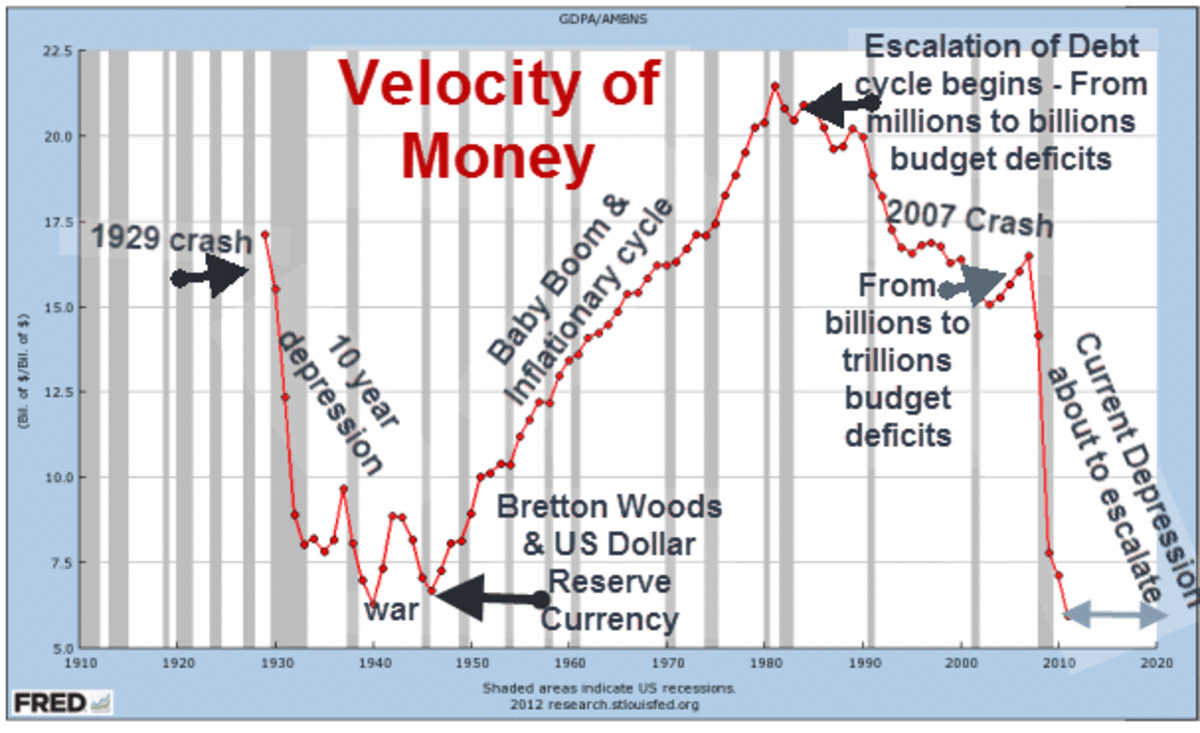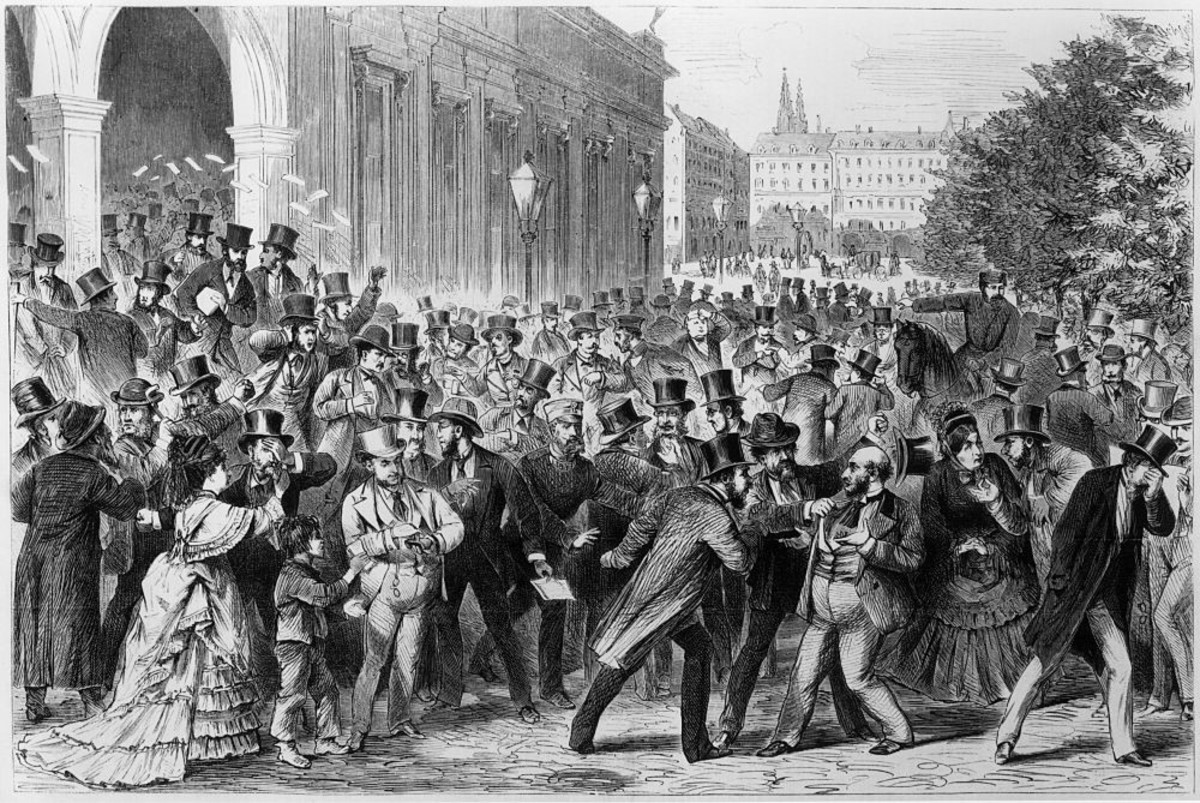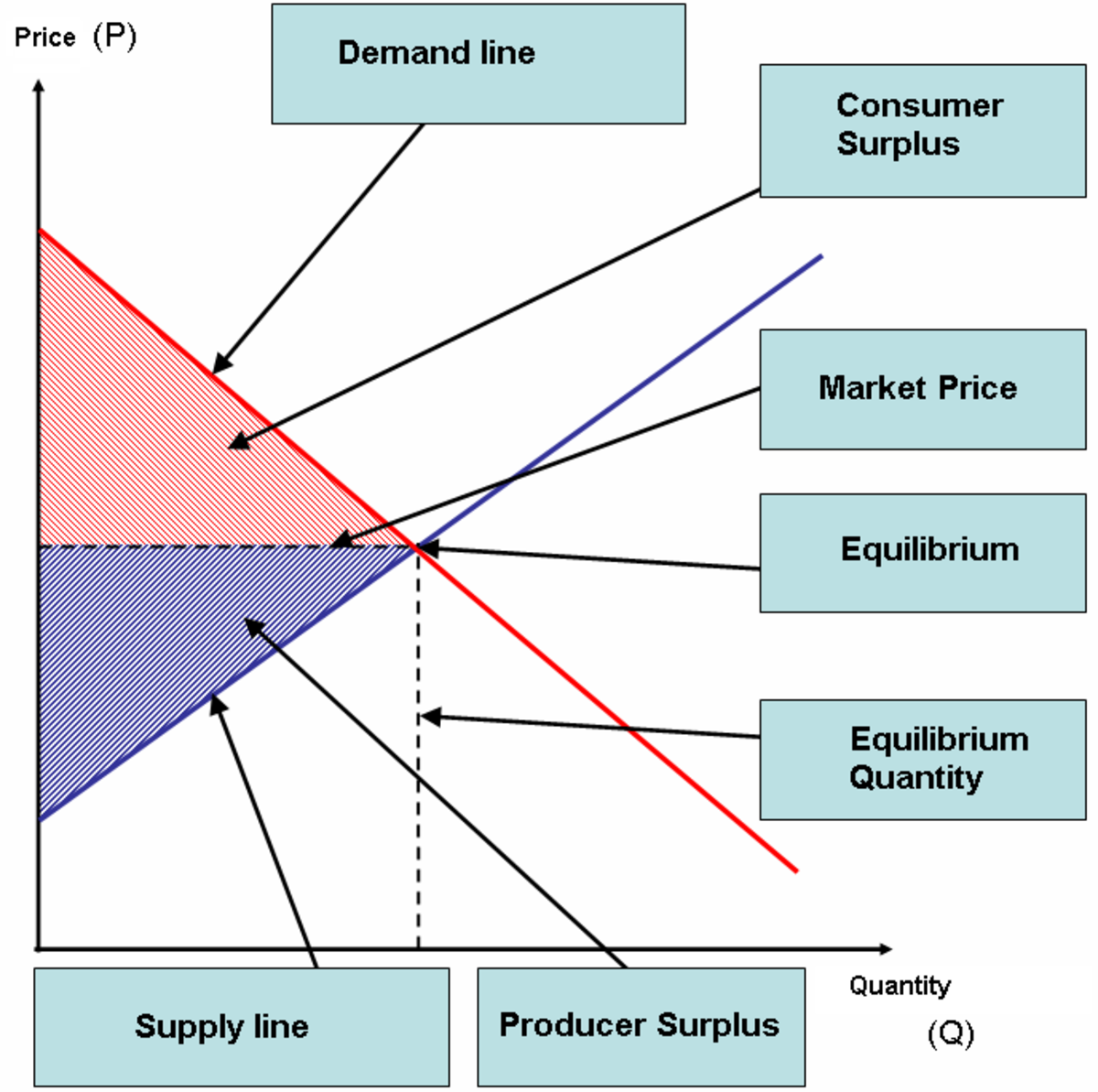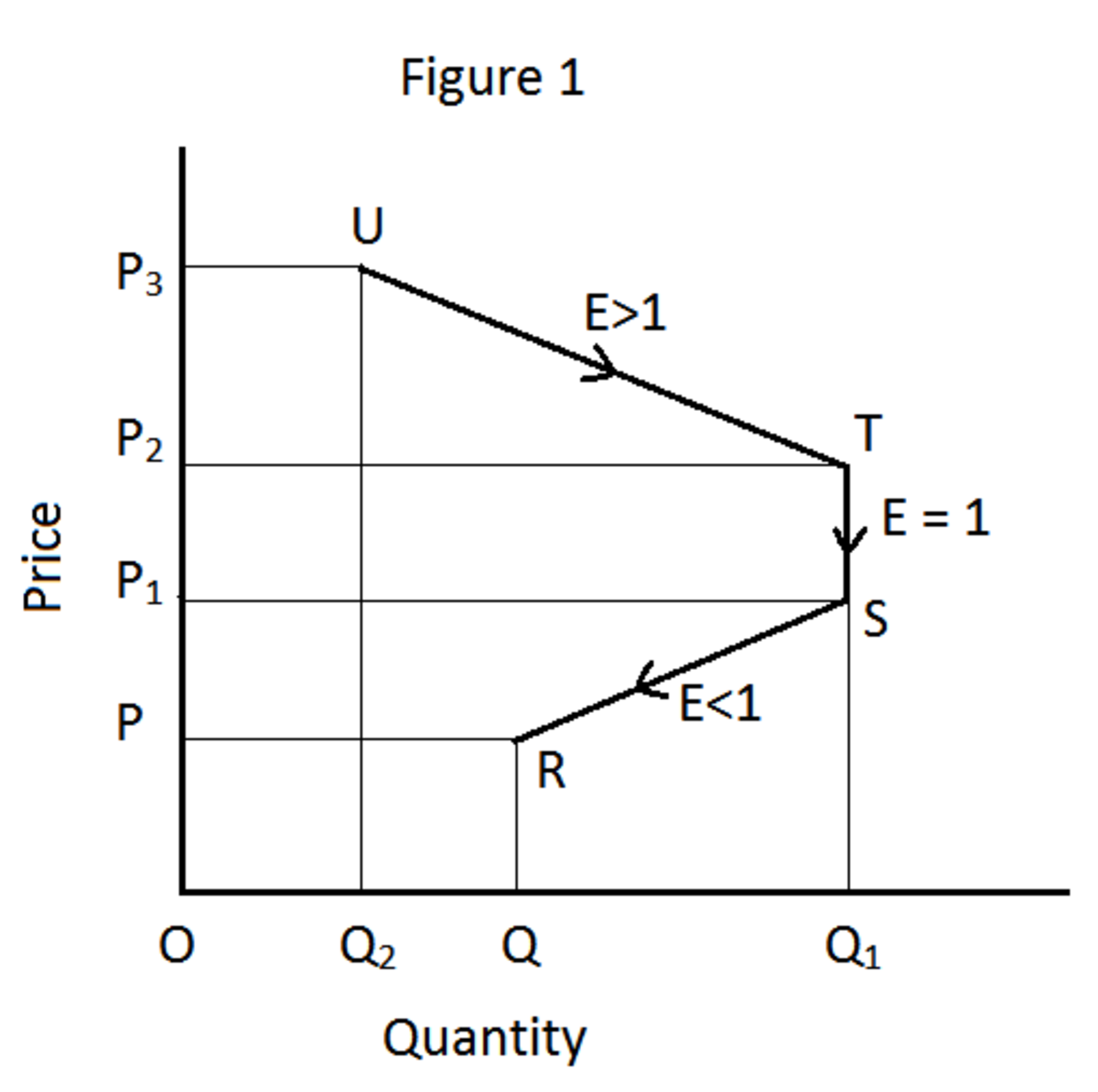Deflation and High Inflation – Why They Are Equal Negatives

In these austere economic times we are being bombarded with information from the media about financial concepts which we may not necessarily fully understand. One of these areas that we keep hearing about is inflation and deflation. This hub will define these concepts with a couple of examples to give some context to readers.
This hub is in two parts – a review of deflation and a review of high inflation and the consequences of both. You may be interested that in general terms high inflation and deflation are seen as equal negatives by commentators; however there are elements of each that can be positive to the economy and to firms.
High Inflation affects the costs of acquiring capital, causes investor required rate of return (RRR) to go up and can cause a slow down in funding projects.
Deflation is negative inflation that has a positive effect on interest rates as they come down, but creates no incentive to spend.
Deflation
The Japanese economy has been experience deflation for a number of years and this has meant that their economy has not recovered since their last crash, in part due to deflation. Deflation is defined as ‘a persistent fall in the general price level of goods and services; it is not to be confused with a decline in prices in one economic sector, or with a fall in the inflation rate’ (Economist, 18/2/99).
Deflation, like many economic concepts, is a widely misunderstood and often misused term. Its proper definition is a persistent fall in the general price level of goods and services; it is not to be confused with a decline in prices in one economic sector, or with a fall in the inflation rate (which is known as disinflation). Thus falling commodity prices do not, by themselves, constitute deflation they are a shift in relative prices that reduces real incomes in producing countries and boosts them in importing countries. Likewise a fall in manufacturing prices is not deflation if it is offset by rising prices for services.
So what does deflation do to an economy?
· Persistent price declines meaning that consumers delay purchasing items as they will be cheaper in the future, depressing demand and forcing firms to cut prices even more, leading to a subdued economic growth for years
- With less purchases this leads to higher unemployment and people who can secure jobs to work at a lower salary leading to less money being able to be spent in the market
- Likewise firms underbid each other in order to secure sales
- Combined with a high household debt that people try to pay off means that there is just less money in the economy to drive economic growth
- This can cause a sharp slump in demand, excess capacity and a shrinking money supply
· Another factor is that the value of debts become lower but real debt burdens rise for borrowers, so more money is spent to service debts or defaults increase. Another example is house buying, a borrower who expects their asset to grow by 10% may borrow the entire amount, but if the price falls by 10% the house will be worse than the loan. In this case both the homeowner and lender face a greater risk of bankruptcy.
· Once rates become effectively zero it is hard for central banks to be able to stimulate the economy and spending as rates cannot pass zero. In effect deflation can make monetary policy ineffective: nominal interest rates cannot be negative, so real rates get stuck too high
Deflation, on the other hand, is dangerous when it reflects a sharp slump in demand, excess capacity and a shrinking money supply. Runaway deflation of this sort can be much more damaging than runaway inflation, because it creates a vicious spiral that is hard to escape. Thus, the expectation that prices will be lower tomorrow may encourage consumers to delay purchases, depressing demand and forcing firms to cut prices by even more. Falling prices also inflate the real burden of debt, causing bankruptcies and bank failures. That makes deflation particularly dangerous for economies that have large corporate debt such as America, Britain and Europe. Most serious of all, deflation can make monetary policy ineffective: nominal interest rates cannot be negative, so real rates can get stuck too high.
But deflation doesn’t always have to be bad. Productivity-driven deflation, in which costs and prices are pushed lower by technological advances or by deregulation, is beneficial, because lower prices lift real incomes and hence spending power. New technology can and will drive down prices in some segments. Technology has seen falling prices for many years, but these savings to the consumer in terms of scale has allowed access to more buyers and therefore more units sold for firms. It has also helped fund R&D to develop even better technology. Deflation can also be a positive when it is driven by a rapid growth in productivity as has been seen in the agricultural industry in modern times.
High Inflation
Inflation according to Milton Friedman ‘is always and everywhere a monetary phenomenon’ and can be controlled with appropriate policies. So what does high inflation do to an economy?
· It affects the cost of capital for an investor – if there is high inflation the RRR will naturally be higher. Therefore with a high cost of capital profitable projects are hard to find
· Similarly to deflation it reduces the amount of money that consumers have to spend due to the servicing of high levels of debt due to the high interest rates. With less money in the economy means that economic growth is reduced. Rising wages and the increase in the cost of goods also mean that firm’s profit margins are squeezed.
· If inflation is not compensated by nominal increases of income, people become poorer.
· High and variable inflation makes economic price forecasting more difficult and decision-making processes may be negatively affected.
· Extremely high inflation attracts too much daily attention from households and decision-makers, distracting them from more important tasks.
High inflation can have medium term positives for firms to the extent that benefits of inflation are mainly reaped by domestic firms, the real interest rate for investment fall inversely with mounting inflation. Thus, a low or moderate inflation may help investments, at least to the extent they are actually influenced by real interest rates and until a central bank intervention.
The price of seeing off deflation is that central banks will be unable or unwilling to reverse themselves in time to prevent a resurgence of inflation. Inflation is easier to put right than deflation. A central bank can raise interest rates as high as it wants to suppress inflation, but it cannot cut nominal rates below zero. Deflation robs a central bank of its ability to stimulate spending using negative real interest rates. In the worst case, rising debts and defaults depress growth, poisoning the economy by deepening deflation and pressing real interest rates higher. Central banks that have lowered rates to nearly zero are now using unconventional, quantitative tools, but their efficacy is unproven. Given the choice, erring on the side of inflation would be less catastrophic than erring on the side of deflation.
Central banks can try to control high inflation through a range of initiatives:
· Central banks can try to control inflation through a sharp increase in real interest rates, more than proportionally reflected in nominal interest rates.
· This move usually provokes a fall in investment and a revaluation of currency. The first effect brakes domestic demand, the second the foreign one.
But the biggest risk of all is a failure to adjust on the part of policymakers, workers, companies and investors, all of whom are used to coping with high inflation, not deflation.
In summary, higher inflation leads to higher nominal interest rates. In a first phase, the latter may not keep pace with inflation, thus real interest rates may fall. But afterwards, if the central bank does not accommodate inflation, the real interest rates are kept much higher than before.









